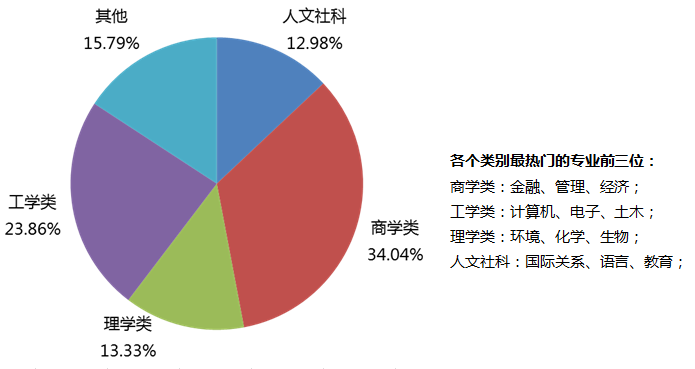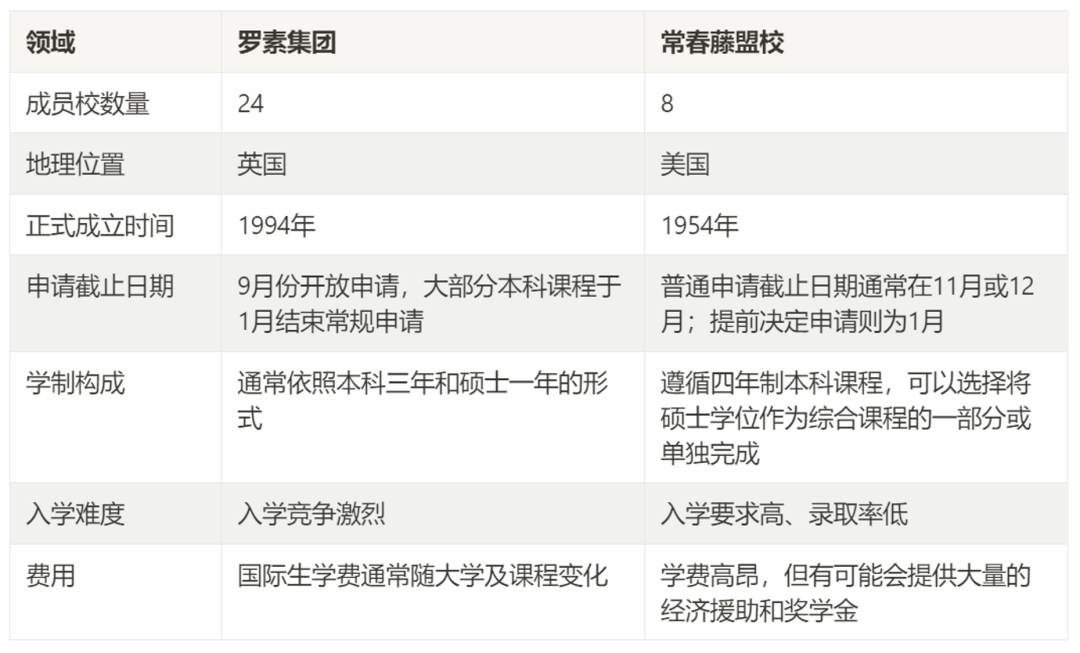去年2023年ETS對托福寫(xie) 作進行了大改革。對於(yu) 改革的具體(ti) 內(nei) 容,官方當時提供了寫(xie) 作的評分說明rubrics,樣題和AI輔助評測係統。

但是對其中一些具體(ti) 的細節,老師們(men) 還有疑問。
現在,在改革後的考試進行了快一年之際,最權威的《托福官方指南The official guide to the TOEFL iBT》(以下簡稱OG)第7版終於(yu) 出版了。
對於(yu) 大家爭(zheng) 論的關(guan) 鍵點和變化,也終於(yu) 給出了詳細說明。
因為(wei) 篇幅的限製,老師會(hui) 通過幾期給大家詳細解釋。
大家放心的是,基本上跟老師之前對寫(xie) 作評分標準rubric/寫(xie) 作要求的解讀一致。
畢竟官方不會(hui) 給出自相矛盾的評分標準,並且寫(xie) 作團在改革後已經出了9個(ge) 寫(xie) 作滿分。(23年7個(ge) ,24年目前已出2個(ge) )
今天繼續分享的是綜合寫(xie) 作的信息。
在最新這一版的OG中,官方給我們(men) 認證了其實已經“流行”了很久的寫(xie) 法。
1. 取消了以前“推薦”的字數上限。所以,字數沒有上限。“An effective response will contain at least 150 words. That is just a bare minimum,however, and many effective responses are longer.There is no upper limitfor the length of a response as long as it addresses the task presented.” (P196頁)
2. "summarize the lecture "並不意味著考生可以自己挑選自己認為(wei) 重要內(nei) 容和省略重要內(nei) 容。聽力內(nei) 容中的重要信息一定要保留,要寫(xie) 全。即使有些觀點比較複雜的, 或隻是很細微區別,你一定要寫(xie) 得盡量清晰。而且現在,也不用擔心超字數了。“It is true that you are asked to summarize the lecture, but that does not mean that you should omit any important lecture detail from your summary.If you omit important details from the lecture, you may receive a lower score.When summarizing the lecture in your own words, you should express the ideas,even those that are complex or nuanced(細微差別), as clearly as you can.” (197頁)
3. 綜合寫(xie) 作可以隻寫(xie) 4段(開頭+3個(ge) 中間段),結尾段不是必須的。"A concluding paragraph for your response is typically not necessary."
4. 推薦的綜合寫(xie) 作結構是:開頭段:閱讀總觀點。聽力總觀點。(2者關(guan) 係)中間段:閱讀分論點(1~2句)+聽力是如何反駁/不同意閱讀這個(ge) 觀點的。"Within each body paragraph, consider devoting the first sentence or two to summarizing the idea the reading is expressing, and then explain in detail how the lecture responds to that idea."*這是推薦的結構,中間段:先寫(xie) 閱讀內(nei) 容,再寫(xie) 聽力內(nei) 容。當然,同學們(men) 如果先寫(xie) 聽力,再寫(xie) 閱讀。也還是可以的。
5. 使用閱讀文章原詞(phrase),是接受的, 不會(hui) 被扣分,但也不會(hui) 因此幫你提分。"Copying phrases from the reading passage is not penalized, but raters will not reward it either."*注意:是使用phrase. 建議不要抄整句,抄太多。
6. 可以直接使用聽力的內(nei) 容(詞匯, 觀點內(nei) 容),不用刻意轉述。”You can make notes about words, phrases, and ideas used in the lecture while listening to it and then use the notes when writing your response. However, you will have to rely on your own ability to use appropriate grammar and vocabulary, and that is what raters will be judging.“*因為(wei) 其實沒有人能把聽力原文一字不差地全複述出來。所以雖然同學們(men) 使用了聽力的一些原詞,但是還是需要靠自己完整地表述出來。還是需要自己的語言能力支撐。所以官方就放開了,準許大家使用自己所記下來的聽力內(nei) 容,原詞。另一方麵,也就說明,更不需要大家可以轉述聽力內(nei) 容。畢竟很多同學,越轉述越錯。
7. 閱讀和聽力關(guan) 係:
其實跟第6版差不多。都是聽力contradict or disagre閱讀。
具體(ti) 來說:
1. 聽力直接反駁閱讀具體(ti) 觀點:Summarize the points made in the lecture, being sure to explain how theychallenge/cast doubt on/oppose/respond tothe specific points made in the reading passage. (Opposition or contradiction)
2. 聽力挑戰閱讀文章中提出的具體(ti) 理論:Summarize the points made in the lecture, being sure to explain how they challenge the specific theoriespresented in the reading passage. (Theories and their weaknesses)
3.聽力對閱讀的問題,提出了解決(jue) 辦法:Summarize the points made in the lecture, being sure to explain how theypresent solutions to the specific problemsmentioned in the reading passage. (Problems and solutions)
4.聽力質疑了閱讀提出的解決(jue) 辦法“Summarize the points made in the lecture, being sure to explain how theycast doubt on the specific solutionsproposed in the reading passage. (Solutions and their weaknesses)
以上內(nei) 容,跟以前老師講過的都差不多。隻是現在終於(yu) 得到了官方的認證,大家可以放心大膽地寫(xie) 了。
今天就給大家分享到這裏。















評論已經被關(guan) 閉。